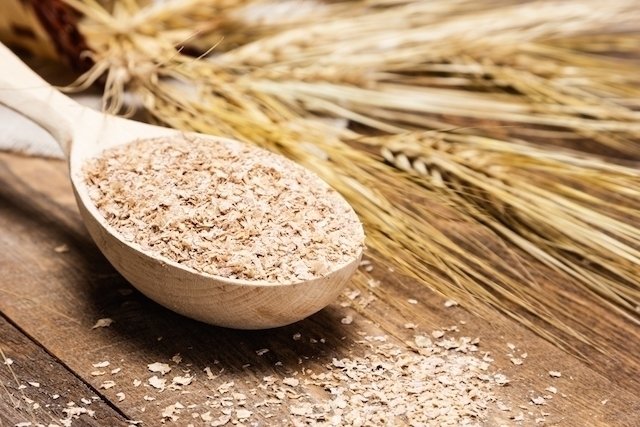Gluten intolerance causes intestinal symptoms such as excess gas, stomach pain, diarrhea or constipation, but as these signs also appear in various diseases, intolerance often goes undiagnosed.
Gluten intolerance may not have a specific cause or be caused by celiac disease and, therefore, when abdominal discomfort is noticed after consuming foods with gluten, it is important that the doctor is consulted so that tests can be carried out to confirm the condition. diagnosis of celiac disease.
Gluten sensitivity can occur in children and adults due to the inability or difficulty in digesting the gluten present in food, which is a protein present in wheat, rye and barley.

Main symptoms
The main symptoms of gluten intolerance are:
1. Abdominal discomfort
When there is intolerance, after eating foods containing wheat, barley or rye, symptoms such as excess gas, bloated belly, diarrhea or constipation are common. In addition to abdominal discomfort, intestinal cells are also damaged, causing poor absorption of vitamins and minerals.
The pain of intolerance is recurrent and is usually accompanied by gas and intestinal changes, especially after eating bread, cakes or pasta.
2. Dizziness
Ingesting gluten can cause dizziness, mental confusion, disorientation or a feeling of tiredness after eating, but these symptoms are usually not related to intolerance and therefore go unnoticed.
Dizziness caused by intolerance appears even when one is well fed and rested, and is not related to excessive physical activity or changes in blood pressure.
3. Mood changes
Due to intestinal discomfort, it is common for changes in mood to occur, especially after meals, with symptoms of irritability, anxiety or sadness.
These frequent mood swings also cause tiredness and fatigue, even after a good night’s sleep. This happens because the body is focused on fighting inflammation in the intestine, using up all the energy that would give energy and disposition for a new day.
4. Chronic migraine
In general, the migraine caused by this intolerance begins around 30 to 60 minutes after a meal, and symptoms of blurred vision and pain around the eyes may also occur.
5. Itchy skin
Inflammation in the intestine caused by intolerance can cause dry and itchy skin, creating small red bumps. However, this symptom can sometimes also be linked to a worsening of psoriasis and lupus symptoms.
6. Muscle pain
Gluten consumption can cause or increase symptoms of muscle, joint and tendon pain, clinically called fibromyalgia. Swelling is also common, especially in the finger, knee and hip joints.
7. Lactose intolerance
It is common for lactose intolerance to present together with gluten intolerance. Therefore, people who already have a diagnosis of lactose intolerance are more likely to have an intolerance to foods containing wheat, barley and rye, and should be more attentive to the symptoms.
Online symptom test
To find out your risk of having gluten intolerance, select the symptoms presented in the test below:
Symptom testing is only a guidance tool and does not replace consultation with a gastroenterologist.
How to know if it is intolerance
In the presence of symptoms indicative of gluten intolerance, it is recommended to consult a gastroenterologist so that symptoms can be assessed and blood, stool, urine or intestinal biopsy tests can be carried out in order to assess whether intestinal changes are due to celiac disease.
Make an appointment with your nearest gastroenterologist using the following tool to investigate the possibility of gluten intolerance:
Taking care of your health has never been easier!
How to live with gluten intolerance
After diagnosis, all foods containing this protein should be removed from the diet, such as wheat flour, pasta, bread, cakes and cookies. It is possible to find several special products that do not contain this protein, such as pasta, bread, cookies and cakes made from flours that are permitted in the diet, such as rice flour, cassava flour, corn flour, cornmeal, potato starch , cassava starch, sweet starch and sour starch.
Furthermore, it is important to observe the list of ingredients on the label to check the presence of wheat, barley or rye in the composition or gluten residues, as is the case with products such as sausage, kibbeh, cereal flakes, meatballs and canned soups. See how to follow a gluten-free diet.

Sign up for our newsletter and stay up to date with exclusive news
that can transform your routine!
Warning: Undefined array key "title" in /home/storelat/public_html/wp-content/plugins/link-whisper-premium/templates/frontend/related-posts.php on line 12
Warning: Undefined array key "title_tag" in /home/storelat/public_html/wp-content/plugins/link-whisper-premium/templates/frontend/related-posts.php on line 13



